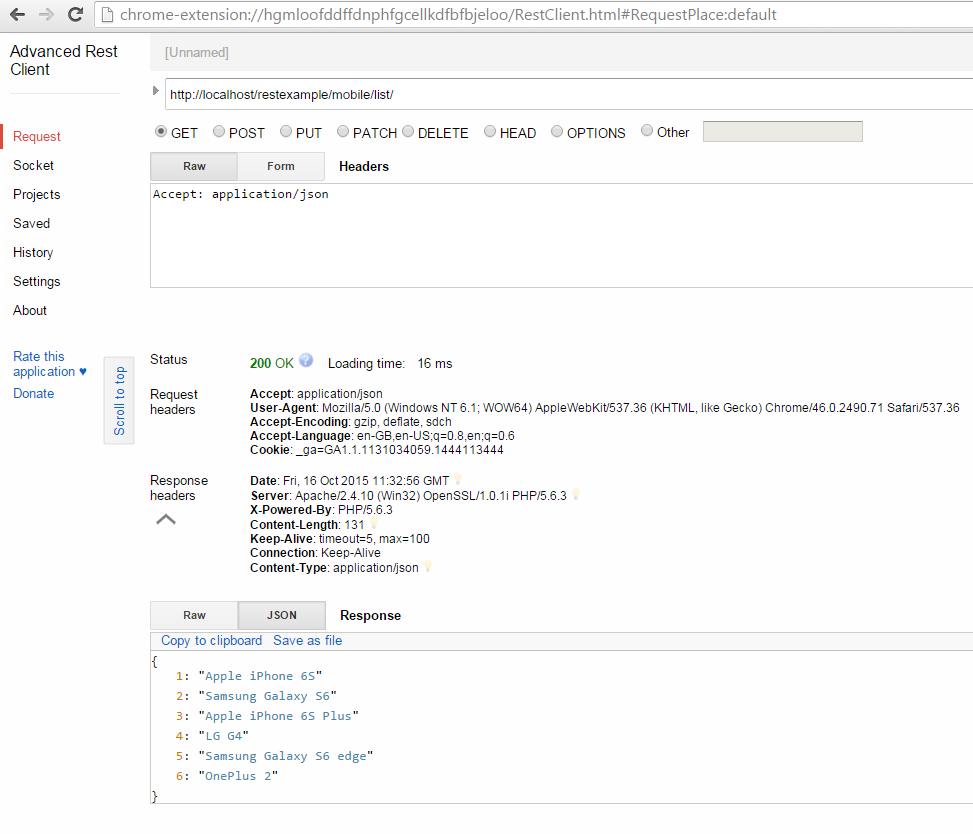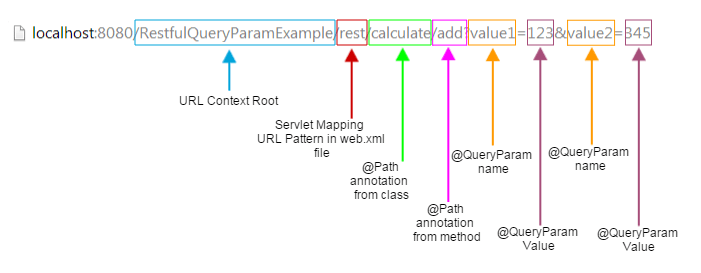


The Application Class Name constructor instantiates objects of the web service class containing the JAX-RS annotated path, GET and POST methods. The Application Class Name is declared in the deployment descriptor providing indirect access to the annotated path.Įnter the name of the Application Class Name. This class defines the path to the web service and is referenced in the Application Class Name. The default package for the sample web service will be displayed.Įnter the name of the web service class containing the JAX-RS annotated path. While this is not required, it will assist when working with JBoss Application Server 5 and JBoss Enterprse Application Platform 5 web service projects.Įnter the package for the web service class. This option allows you to add RESTEasy JARs to the project if they appear in the root runtime directory but are not installed in the runtime. Service information is not required in the deployment descriptor for these servers.Īdd RESTEasy Jars from root runtime directoryĬheck this box to add RESTEasy JARs to the project. This option is checked by default and may be unchecked when deploying to JBoss AS 6.0 or RESTEasy 2.0 servers. The web service name will be the url for the service as mapped in the deployment descriptor ( web.xml).Ĭheck this box to add the service to the deployment descriptor. A different project can be selected from the list or entered directly in the editable drop-down list. The project name will default to the highlighted project in the Project Explorer. The New Dynamic Web Project - Web Module dialog displays. The New Dynamic Web Project - Java dialog displays.ĭefine the Dynamic Web Project source and output folders by adding or editing folders as required. Additional facets can be chosen later to add functionality to the project. The minimum required facets are installed. Additional facets can be installed later to add new functionality.Ĭonfigures a project with JBossWS using Web Module v2.5 and Java v5.0. This option is a suitable starting point. A new working set can be defined once the Select button has been clicked.Ĭhoosing from one of the pre-defined configurations will minimise the effort required to set up the project.Ī project with the BIRT Charting Runtime Component.Ī project with the BIRT Reporting Runtime Component.Ĭonfigures a project with CXF using Web Module v2.5 and Java v5.0.ĭefault Configuration for JBoss 5.0 Runtime Once checked, a new EAR project can be defined by clicking the New Project button.Īdd the project to an existing working set.Ī working set provides the ability to group projects or project attributes in a customized way to improve access. The project can be added to an existing EAR project by selecting the checkbox. The project can be based on either a custom or a set of pre-defined configurations as described in Table 2.3, “New Dynamic Project - Configuration”.Īdd the project to an existing EAR project. Select the project configuration from the available options. This option adds support for the Java Servlet API with module versions corresponding to J2EE levels as listed in Table 2.2, “New Dynamic Project - Dynamic web module version”. The target runtime defines the server to which the application will be deployed. Select a pre-configured runtime from the available options or configure a new runtime environment. The default location corresponds to the Eclipse workspace.

The project name can be any name defined by the user.Ĭlick the Use default location checkbox to define the project location as the Eclipse workspace or define a custom path in the Location field.


 0 kommentar(er)
0 kommentar(er)
